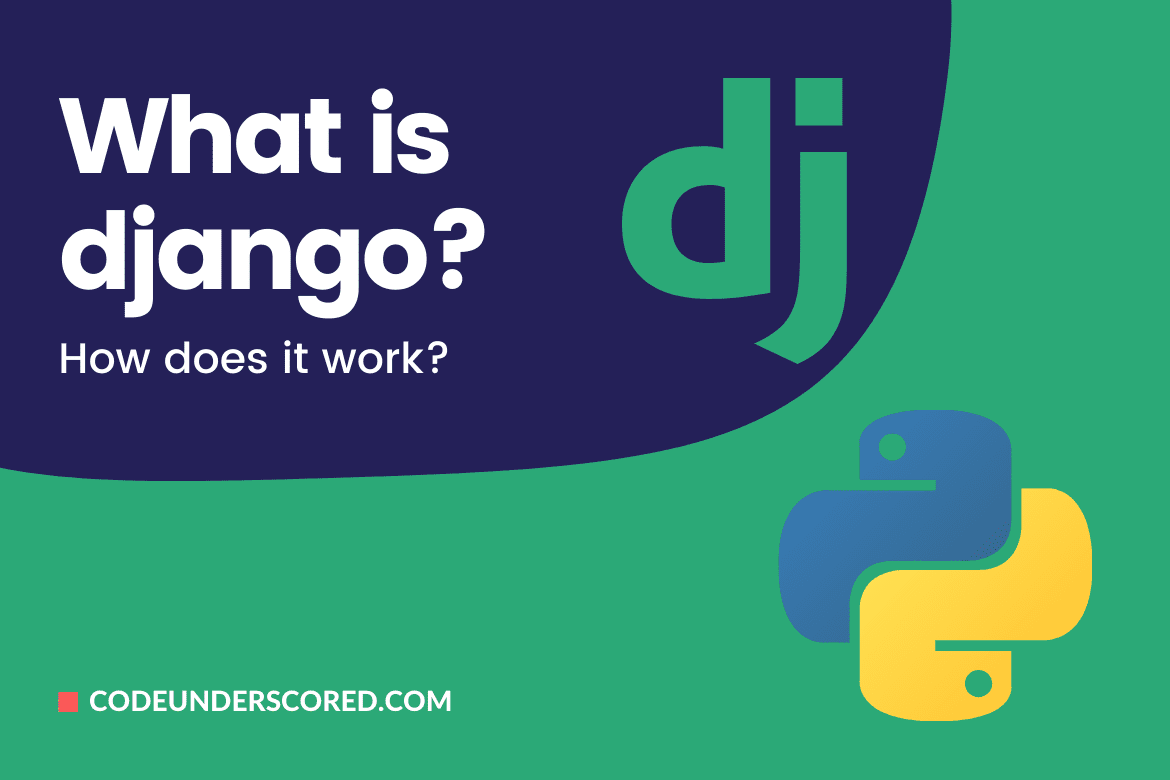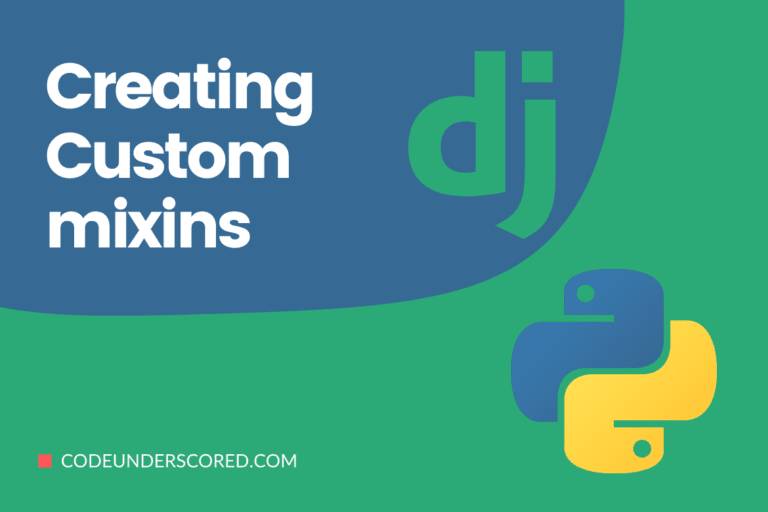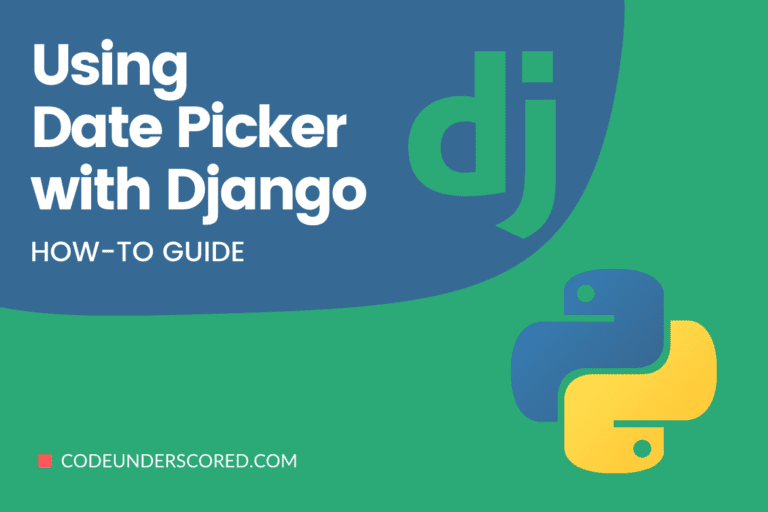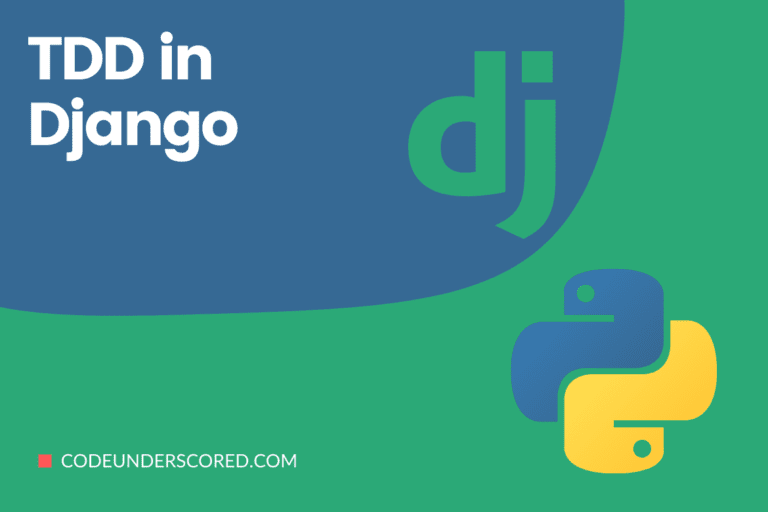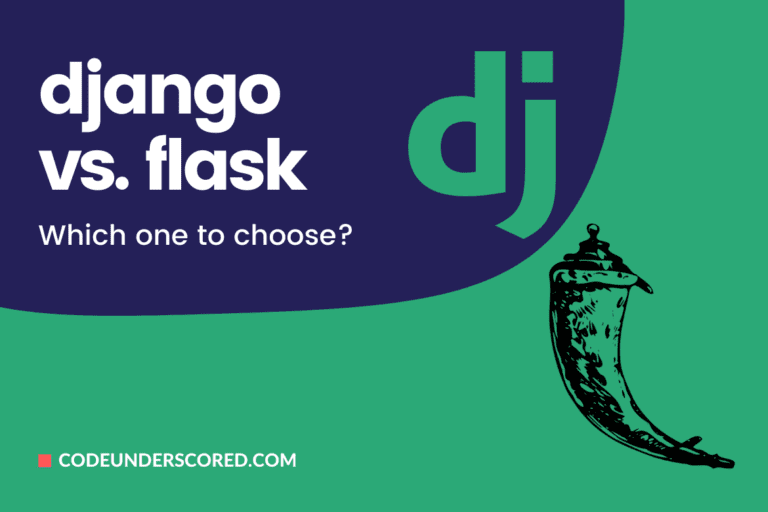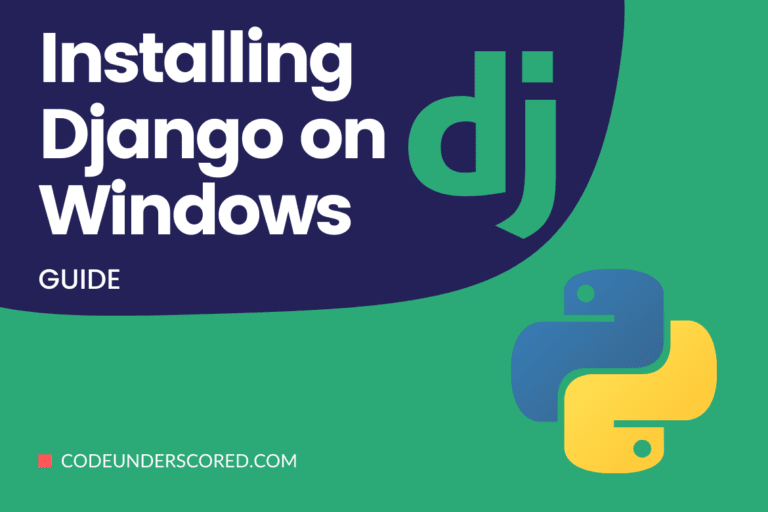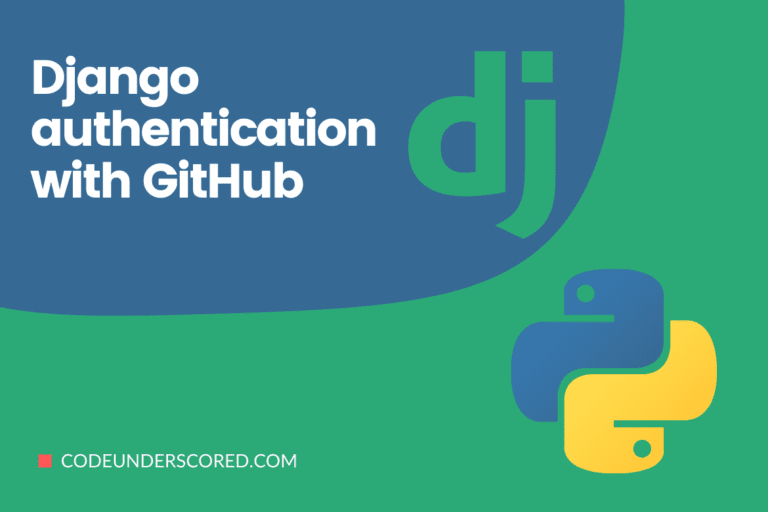If you’re getting into the world of web development, the chances are that you will come across the technology known as Django. After all, a growing number of web developers have been adopting it recently, and there happens to be a great job market for it as well. As a matter of fact, Django has also been employed in several famous websites such as Instagram, Disqus, and Pinterest, to name a few. So, if you’re interested in learning more about Django and the way it works, then you’re headed to the right article as today we’re going to be giving you an introduction to this web framework.
Say Hello to Django!
Django is an open-source web framework powered by Python itself, which happens to be just the right technology for perfectionists with deadlines, as the developers like to call it. In comparison to other frameworks like React or Vue, Django’s best thing is that it’s a full-stack framework that allows you to work on both the frontend and backend of your websites. However, we still recommend learning a front-end framework while using Django for back-end web development, as per the industry standards. With that being said, there’s no stopping you from creating full-fledged web applications just by using Django.
Another great thing about Django is the fact that it’s a high-level framework just as Python is a high-level language, making it so much easier to code in Django. If you’re just getting started with web development, Django is worth taking a look at. This framework has a reputation for making things easier, so you also wouldn’t have to delve into building the core functionalities of your web applications since Django will do all of that for you. More specifically, only a few lines of code should be enough to integrate RSS feeds, site maps, authentication, and content administration into your site.
The makers of Django have put great significance on making the framework as secure as possible, so there are fewer chances of your website facing any SQL injections, click jackings, or cross-site request forgeries. Not only that, but Django gets frequent security updates so that your web apps aren’t vulnerable to any new sorts of attacks. You might also find that coding in this framework to be a lot cleaner in comparison to Node. And, although we totally recommend learning Python before you get started with this framework, it’s usually said that learning Django doesn’t have any prerequisites. Lastly, what makes the Django framework truly stand out from its competitors has to be the fact that it allows programmers to create reusable apps that can be used in several different applications.
If you’re familiar with Python, you’d know that it’s a cross-platform language. Accordingly, since Django is based on this programming language, you’ll be able to use this framework with different server platforms whether it be Windows, macOS, or Linux. Also, there is no shortage of web hosting providers that deal with Django-based websites either.
So, now that you know a thing or two about what the Django framework is all about, let’s delve into how this technology makes it possible for users to create web applications with ease and speed.
The Django Mechanism
The most notable thing about the Django framework has to be the fact that it’s based on the Model View Template design pattern. If you’re new to design patterns, allow us to briefly explain these elements.
First of all, we have the lowest level of this design pattern in Model. On this level, you will find everything that has to do with the database of your website. As for the highest level of the MVT design pattern, there is Template which is basically the presentation layer of the website and handles the user interface part. Lastly, we have View which happens to be the connector of these two elements and is responsible for executing the business logic and sending data from the website database to the Template.
With that being said, in comparison to other popular design patterns such as MVC, Django doesn’t have a Controller element in that the framework takes care of all the duties of this element itself, such as controlling how the Model and View interact with each other.
Courtesy of Django, you don’t have to code the database core using SQL. As a matter of fact, a few lines of Python code are all that’s needed to create full-fledged databases. Other than that, there are tons of Django APIs available as well which could help you with things like making your website more secure through CSRF protection.
Conclusion
For those of you who are either beginners, perfectionists or just don’t like reinventing the wheel, Django seems to be a pretty viable option for creating your web applications. This framework is not only highly secure but also offers rapid development, simplicity, and portability. The sky is certainly not the limit when it comes to Django, as there is so much more than you can do with this amazing web framework. Considering all this, if you’d like to get started with Django, then here’s how you can install it on your Windows-based systems.

